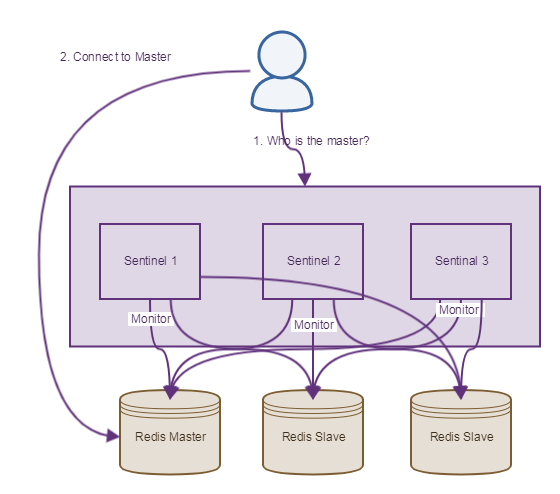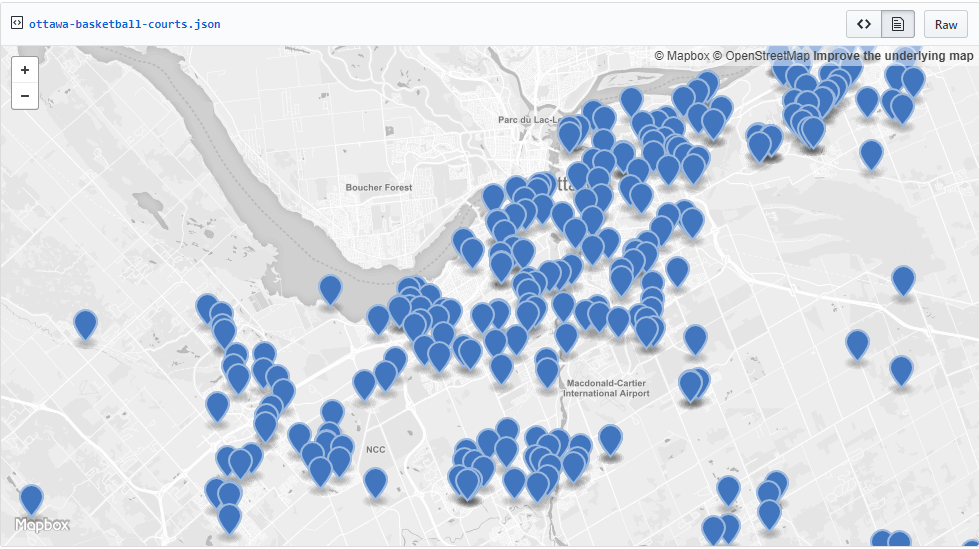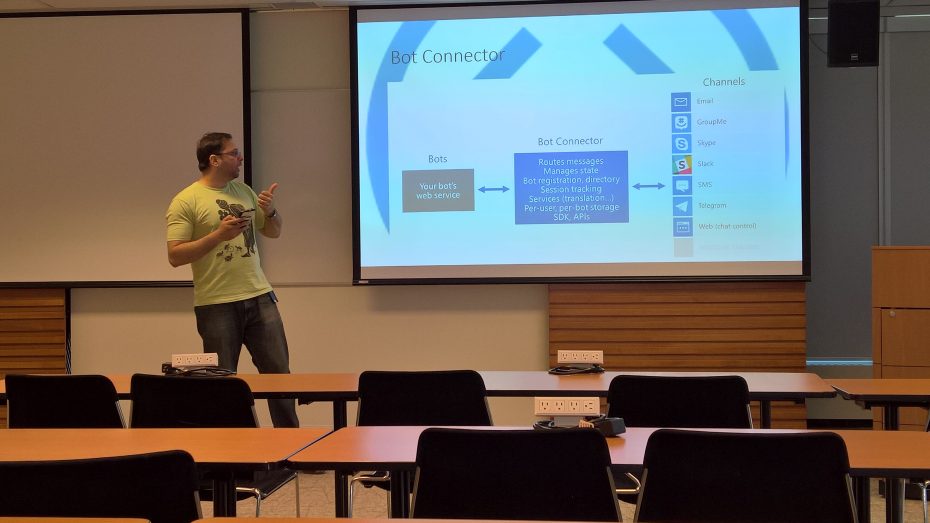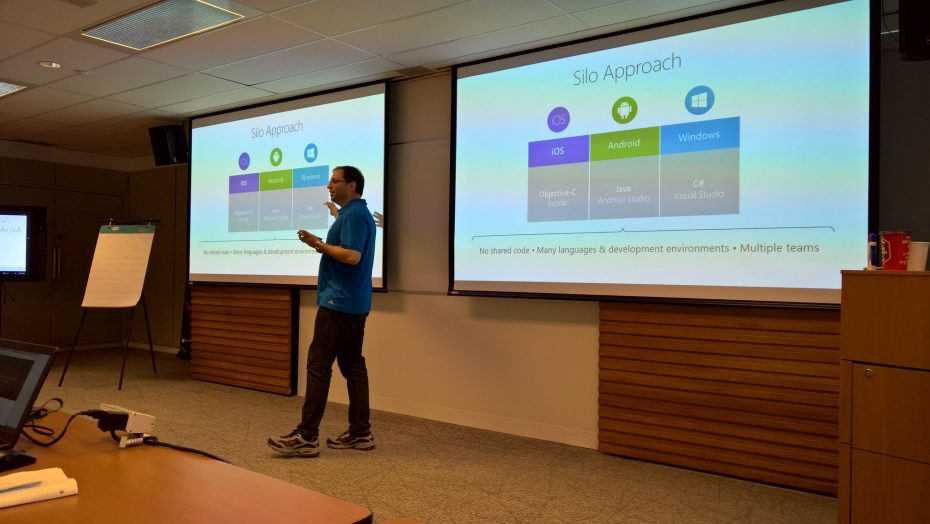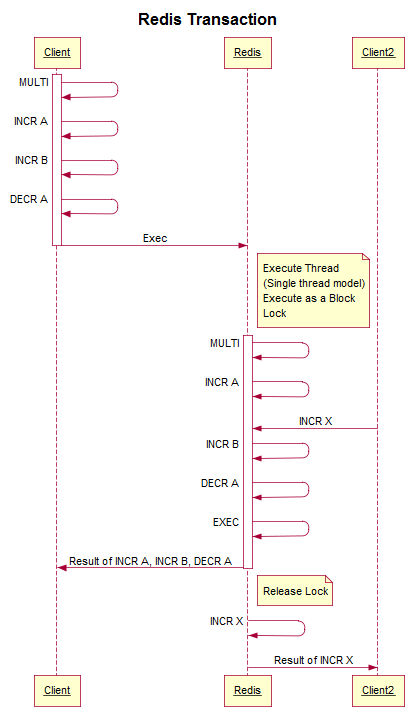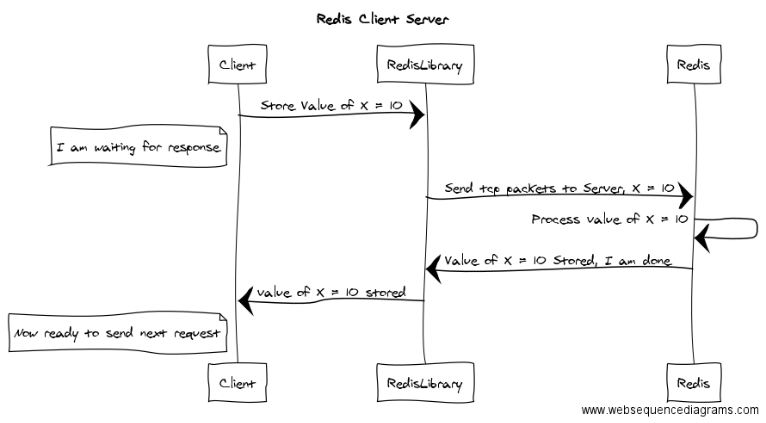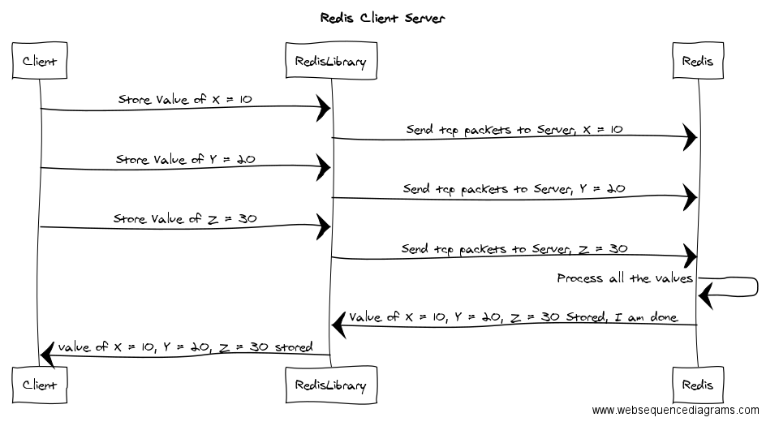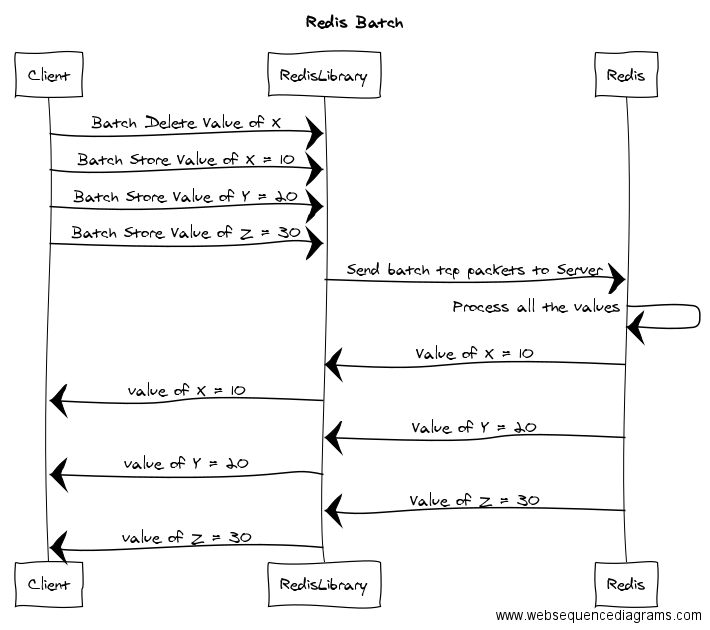namespace Smartodds.Framework.Redis
{
public class RedisClient : IDisposable
{
public RedisClient(RedisEnvironmentElement environment, Int32 databaseId)
{
m_ConnectTimeout = environment.ConnectTimeout;
m_Timeout = environment.Timeout;
m_DatabaseId = databaseId;
m_ReconnectTime = environment.ReconnectTime;
m_CheckSubscriptionsTime = environment.CheckSubscriptions;
if (environment.TestWrite == true)
{
m_CheckWriteTime = environment.TestWriteTime;
}
environment.Password.ToCharArray().ForEach((c) => m_Password.AppendChar(c));
foreach (var server in environment.Servers)
{
if (server.Type == ServerType.Redis)
{
// will be ignored if sentinel servers are used
m_RedisServers.Add(new RedisConnection { Address = server.Host, Port = server.Port });
}
else
{
m_SentinelServers.Add(new RedisConnection { Address = server.Host, Port = server.Port });
}
}
}
public bool IsSentinel { get { return m_SentinelServers.Count > 0; } }
public IDatabase Database { get { return _Redis.GetDatabase(m_DatabaseId); } }
private ConnectionMultiplexer _Redis
{
get
{
if (m_Connecting == true)
{
throw new RedisConnectionNotReadyException();
}
ConnectionMultiplexer redis = m_Redis;
if (redis == null)
{
throw new RedisConnectionNotReadyException();
}
return redis;
}
}
private ConnectionMultiplexer _Sentinel
{
get
{
if (m_Connecting == true)
{
throw new RedisConnectionNotReadyException("Sentinel connection not ready");
}
ConnectionMultiplexer sentinel = m_Sentinel;
if (sentinel == null)
{
throw new RedisConnectionNotReadyException("Sentinel connection not ready");
}
return sentinel;
}
}
public void RegisterSubscription(string channel, Action<RedisChannel, RedisValue> handler, Int32 maxNoReceiveSeconds)
{
m_Subscriptions.Add(channel, new RedisSubscription
{
Channel = channel,
Handler = handler,
MaxNoReceiveSeconds = maxNoReceiveSeconds,
LastUsed = DateTime.UtcNow,
});
}
public void Connect()
{
_Connect(true);
}
private void _Connect(object state)
{
bool throwException = (bool)state;
// if a reconnect is already being attempted, don't hang around waiting
if (Monitor.TryEnter(m_ConnectionLocker) == false)
{
return;
}
// we took the lock, notify everything we are connecting
m_Connecting = true;
try
{
Stopwatch sw = Stopwatch.StartNew();
LoggerQueue.Debug(">>>>>> REDIS CONNECTING... >>>>>>");
// if this is a reconnect, make absolutely sure everything is cleaned up first
_KillTimers();
_KillRedisClient();
if (this.IsSentinel == true && m_Sentinel == null)
{
LoggerQueue.Debug(">>>>>> CONNECTING TO SENTINEL >>>>>> - " + sw.Elapsed);
// we'll be getting the redis servers from sentinel
ConfigurationOptions sentinelConnection = _CreateRedisConfiguration(CommandMap.Sentinel, null, m_SentinelServers);
m_Sentinel = ConnectionMultiplexer.Connect(sentinelConnection);
LoggerQueue.Debug(">>>>>> CONNECTED TO SENTINEL >>>>>> - " + sw.Elapsed);
_OutputConfigurationFromSentinel();
// get all the redis servers from sentinel and ignore any set by caller
m_RedisServers.Clear();
m_RedisServers.AddRange(_GetAllRedisServersFromSentinel());
if (m_RedisServers.Count == 0)
{
throw new RedisException("Sentinel found no redis servers");
}
}
LoggerQueue.Debug(">>>>>> CONNECTING TO REDIS >>>>>> - " + sw.Elapsed);
// try to connect to all redis servers
ConfigurationOptions connection = _CreateRedisConfiguration(CommandMap.Default, _SecureStringToString(m_Password), m_RedisServers);
m_Redis = ConnectionMultiplexer.Connect(connection);
LoggerQueue.Debug(">>>>>> CONNECTED TO REDIS >>>>>> - " + sw.Elapsed);
// register subscription channels
m_Subscriptions.ForEach(s =>
{
m_Redis.GetSubscriber().Subscribe(s.Key, (channel, value) => _SubscriptionHandler(channel, value));
s.Value.LastUsed = DateTime.UtcNow;
});
if (this.IsSentinel == true)
{
// check subscriptions have been sending messages
if (m_Subscriptions.Count > 0)
{
m_CheckSubscriptionsTimer = new Timer(_CheckSubscriptions, null, 30000, m_CheckSubscriptionsTime);
}
if (m_CheckWriteTime != null)
{
// check that we can write to redis
m_CheckWriteTimer = new Timer(_CheckWrite, null, 32000, m_CheckWriteTime.Value);
}
// monitor for connection status change to any redis servers
m_Redis.ConnectionFailed += _ConnectionFailure;
m_Redis.ConnectionRestored += _ConnectionRestored;
}
LoggerQueue.Debug(string.Format(">>>>>> ALL REDIS CONNECTED ({0}) >>>>>>", sw.Elapsed));
}
catch (Exception ex)
{
LoggerQueue.Error(">>>>>> REDIS CONNECT FAILURE >>>>>>", ex);
if (throwException == true)
{
throw;
}
else
{
// internal reconnect, the reconnect has failed so might as well clean everything and try again
_KillTimers();
_KillRedisClient();
// faster than usual reconnect if failure
_ReconnectTimer(1000);
}
}
finally
{
// finished connection attempt, notify everything and remove lock
m_Connecting = false;
Monitor.Exit(m_ConnectionLocker);
}
}
private ConfigurationOptions _CreateRedisConfiguration(CommandMap commandMap, string password, List<RedisConnection> connections)
{
ConfigurationOptions connection = new ConfigurationOptions
{
CommandMap = commandMap,
AbortOnConnectFail = true,
AllowAdmin = true,
ConnectTimeout = m_ConnectTimeout,
SyncTimeout = m_Timeout,
ServiceName = "master",
TieBreaker = string.Empty,
Password = password,
};
connections.ForEach(s =>
{
connection.EndPoints.Add(s.Address, s.Port);
});
return connection;
}
private void _OutputConfigurationFromSentinel()
{
m_SentinelServers.ForEach(s =>
{
try
{
IServer server = m_Sentinel.GetServer(s.Address, s.Port);
if (server.IsConnected == true)
{
try
{
IPEndPoint master = server.SentinelGetMasterAddressByName("master") as IPEndPoint;
var slaves = server.SentinelSlaves("master");
StringBuilder sb = new StringBuilder();
sb.Append(">>>>>> _OutputConfigurationFromSentinel Server ");
sb.Append(s.Address);
sb.Append(" thinks that master is ");
sb.Append(master);
sb.Append(" and slaves are ");
foreach (var slave in slaves)
{
string name = slave.Where(i => i.Key == "name").Single().Value;
bool up = slave.Where(i => i.Key == "flags").Single().Value.Contains("disconnected") == false;
sb.Append(name);
sb.Append("(");
sb.Append(up == true ? "connected" : "down");
sb.Append(") ");
}
sb.Append(">>>>>>");
LoggerQueue.Debug(sb.ToString());
}
catch (Exception ex)
{
LoggerQueue.Error(string.Format(">>>>>> _OutputConfigurationFromSentinel Could not get configuration from sentinel server ({0}) >>>>>>", s.Address), ex);
}
}
else
{
LoggerQueue.Error(string.Format(">>>>>> _OutputConfigurationFromSentinel Sentinel server {0} was not connected", s.Address));
}
}
catch (Exception ex)
{
LoggerQueue.Error(string.Format(">>>>>> _OutputConfigurationFromSentinel Could not get IServer from sentinel ({0}) >>>>>>", s.Address), ex);
}
});
}
private RedisConnection[] _GetAllRedisServersFromSentinel()
{
// ask each sentinel server for its configuration
List<RedisConnection> redisServers = new List<RedisConnection>();
m_SentinelServers.ForEach(s =>
{
try
{
IServer server = m_Sentinel.GetServer(s.Address, s.Port);
if (server.IsConnected == true)
{
try
{
// store master in list
IPEndPoint master = server.SentinelGetMasterAddressByName("master") as IPEndPoint;
redisServers.Add(new RedisConnection { Address = master.Address.ToString(), Port = master.Port });
var slaves = server.SentinelSlaves("master");
foreach (var slave in slaves)
{
string address = slave.Where(i => i.Key == "ip").Single().Value;
string port = slave.Where(i => i.Key == "port").Single().Value;
redisServers.Add(new RedisConnection { Address = address, Port = Convert.ToInt32(port) });
}
}
catch (Exception ex)
{
LoggerQueue.Error(string.Format(">>>>>> _GetAllRedisServersFromSentinel Could not get redis servers from sentinel server ({0}) >>>>>>", s.Address), ex);
}
}
else
{
LoggerQueue.Error(string.Format(">>>>>> _GetAllRedisServersFromSentinel Sentinel server {0} was not connected", s.Address));
}
}
catch (Exception ex)
{
LoggerQueue.Error(string.Format(">>>>>> _GetAllRedisServersFromSentinel Could not get IServer from sentinel ({0}) >>>>>>", s.Address), ex);
}
});
return redisServers.Distinct().ToArray();
}
private IServer _GetRedisMasterFromSentinel()
{
// ask each sentinel server for its configuration
foreach (RedisConnection sentinel in m_SentinelServers)
{
IServer sentinelServer = _Sentinel.GetServer(sentinel.Address, sentinel.Port);
if (sentinelServer.IsConnected == true)
{
try
{
IPEndPoint master = sentinelServer.SentinelGetMasterAddressByName("master") as IPEndPoint;
return _Redis.GetServer(master);
}
catch (Exception ex)
{
LoggerQueue.Error(string.Format(">>>>>> Could not get redis master from sentinel server ({0}) >>>>>>", sentinel.Address), ex);
}
}
}
throw new InvalidOperationException("No sentinel server available to get master");
}
private void _ReconnectTimer(Nullable<Int32> reconnectMilliseconds)
{
try
{
lock (m_ReconnectLocker)
{
if (m_ReconnectTimer != null)
{
m_ReconnectTimer.Dispose();
m_ReconnectTimer = null;
}
// since a reconnect will definately occur we can stop the check timers for now until reconnect succeeds (where they are recreated)
_KillTimers();
LoggerQueue.Warn(">>>>>> REDIS STARTING RECONNECT TIMER >>>>>>");
m_ReconnectTimer = new Timer(_Connect, false, reconnectMilliseconds.GetValueOrDefault(m_ReconnectTime), Timeout.Infinite);
}
}
catch (Exception ex)
{
LoggerQueue.Error("Error during _ReconnectTimer", ex);
}
}
private void _CheckSubscriptions(object state)
{
if (Monitor.TryEnter(m_ConnectionLocker, TimeSpan.FromSeconds(1)) == false)
{
return;
}
try
{
DateTime now = DateTime.UtcNow;
foreach (RedisSubscription subscription in m_Subscriptions.Values)
{
if ((now - subscription.LastUsed) > TimeSpan.FromSeconds(subscription.MaxNoReceiveSeconds))
{
try
{
EndPoint endpoint = m_Redis.GetSubscriber().IdentifyEndpoint(subscription.Channel);
EndPoint subscribedEndpoint = m_Redis.GetSubscriber().SubscribedEndpoint(subscription.Channel);
LoggerQueue.Warn(string.Format(">>>>>> REDIS Channel '{0}' has not been used for longer than {1}s, IsConnected: {2}, IsConnectedChannel: {3}, EndPoint: {4}, SubscribedEndPoint: {5}, reconnecting...", subscription.Channel, subscription.MaxNoReceiveSeconds, m_Redis.GetSubscriber().IsConnected(), m_Redis.GetSubscriber().IsConnected(subscription.Channel), endpoint != null ? endpoint.ToString() : "null", subscribedEndpoint != null ? subscribedEndpoint.ToString() : "null"));
}
catch (Exception ex)
{
LoggerQueue.Error(string.Format(">>>>>> REDIS Error logging out details of Channel '{0}' reconnect", subscription.Channel), ex);
}
_ReconnectTimer(null);
return;
}
}
}
catch (Exception ex)
{
LoggerQueue.Error(">>>>>> REDIS Exception ERROR during _CheckSubscriptions", ex);
}
finally
{
Monitor.Exit(m_ConnectionLocker);
}
}
private void _CheckWrite(object state)
{
if (Monitor.TryEnter(m_ConnectionLocker, TimeSpan.FromSeconds(1)) == false)
{
return;
}
try
{
this.Database.HashSet(Environment.MachineName + "SmartoddsWriteCheck", m_CheckWriteGuid.ToString(), DateTime.UtcNow.Ticks);
}
catch (RedisConnectionNotReadyException)
{
LoggerQueue.Warn(">>>>>> REDIS RedisConnectionNotReadyException ERROR DURING _CheckWrite");
}
catch (RedisServerException ex)
{
LoggerQueue.Warn(">>>>>> REDIS RedisServerException ERROR DURING _CheckWrite, reconnecting... - " + ex.Message);
_ReconnectTimer(null);
}
catch (RedisConnectionException ex)
{
LoggerQueue.Warn(">>>>>> REDIS RedisConnectionException ERROR DURING _CheckWrite, reconnecting... - " + ex.Message);
_ReconnectTimer(null);
}
catch (TimeoutException ex)
{
LoggerQueue.Warn(">>>>>> REDIS TimeoutException ERROR DURING _CheckWrite - " + ex.Message);
}
catch (Exception ex)
{
LoggerQueue.Error(">>>>>> REDIS Exception ERROR during _CheckWrite", ex);
}
finally
{
Monitor.Exit(m_ConnectionLocker);
}
}
private void _ConnectionFailure(object sender, ConnectionFailedEventArgs e)
{
LoggerQueue.Warn(string.Format(">>>>>> REDIS CONNECTION FAILURE, {0}, {1}, {2} >>>>>>", e.ConnectionType, e.EndPoint.ToString(), e.FailureType));
}
private void _ConnectionRestored(object sender, ConnectionFailedEventArgs e)
{
LoggerQueue.Warn(string.Format(">>>>>> REDIS CONNECTION RESTORED, {0}, {1}, {2} >>>>>>", e.ConnectionType, e.EndPoint.ToString(), e.FailureType));
}
private void _SubscriptionHandler(string channel, RedisValue value)
{
// get handler lookup
RedisSubscription subscription = null;
if (m_Subscriptions.TryGetValue(channel, out subscription) == false || subscription == null)
{
return;
}
// update last used
subscription.LastUsed = DateTime.UtcNow;
// call handler
subscription.Handler(channel, value);
}
public Int64 Publish(string channel, RedisValue message)
{
try
{
return _Redis.GetSubscriber().Publish(channel, message);
}
catch (RedisConnectionNotReadyException)
{
LoggerQueue.Error("REDIS RedisConnectionNotReadyException ERROR DURING Publish");
throw;
}
catch (RedisServerException ex)
{
LoggerQueue.Error("REDIS RedisServerException ERROR DURING Publish - " + ex.Message);
throw;
}
catch (RedisConnectionException ex)
{
LoggerQueue.Error("REDIS RedisConnectionException ERROR DURING Publish - " + ex.Message);
throw;
}
catch (TimeoutException ex)
{
LoggerQueue.Error("REDIS TimeoutException ERROR DURING Publish - " + ex.Message);
throw;
}
catch (Exception ex)
{
LoggerQueue.Error("REDIS Exception ERROR DURING Publish", ex);
throw;
}
}
public bool LockTake(RedisKey key, RedisValue value, TimeSpan expiry)
{
return _Execute(() => this.Database.LockTake(key, value, expiry));
}
public bool LockExtend(RedisKey key, RedisValue value, TimeSpan extension)
{
return _Execute(() => this.Database.LockExtend(key, value, extension));
}
public bool LockRelease(RedisKey key, RedisValue value)
{
return _Execute(() => this.Database.LockRelease(key, value));
}
private void _Execute(Action action)
{
try
{
action.Invoke();
}
catch (RedisServerException ex)
{
LoggerQueue.Error("REDIS RedisServerException ERROR DURING _Execute - " + ex.Message);
throw;
}
catch (RedisConnectionException ex)
{
LoggerQueue.Error("REDIS RedisConnectionException ERROR DURING _Execute - " + ex.Message);
throw;
}
catch (TimeoutException ex)
{
LoggerQueue.Error("REDIS TimeoutException ERROR DURING _Execute - " + ex.Message);
throw;
}
catch (Exception ex)
{
LoggerQueue.Error("REDIS Exception ERROR DURING _Execute", ex);
throw;
}
}
private TResult _Execute<TResult>(Func<TResult> function)
{
try
{
return function.Invoke();
}
catch (RedisServerException ex)
{
LoggerQueue.Error("REDIS RedisServerException ERROR DURING _Execute - " + ex.Message);
throw;
}
catch (RedisConnectionException ex)
{
LoggerQueue.Error("REDIS RedisConnectionException ERROR DURING _Execute - " + ex.Message);
throw;
}
catch (TimeoutException ex)
{
LoggerQueue.Error("REDIS TimeoutException ERROR DURING _Execute - " + ex.Message);
throw;
}
catch (Exception ex)
{
LoggerQueue.Error("REDIS ERROR DURING _Execute", ex);
throw;
}
}
public string[] GetAllKeys(string pattern)
{
if (m_Sentinel != null)
{
return _GetAnyRedisSlaveFromSentinel().Keys(m_DatabaseId, pattern).Select(k => (string)k).ToArray();
}
else
{
return _Redis.GetServer(_Redis.GetEndPoints().First()).Keys(m_DatabaseId, pattern).Select(k => (string)k).ToArray();
}
}
private void _KillSentinelClient()
{
try
{
if (m_Sentinel != null)
{
LoggerQueue.Debug(">>>>>> KILLING SENTINEL CONNECTION >>>>>>");
ConnectionMultiplexer sentinel = m_Sentinel;
m_Sentinel = null;
sentinel.Close(false);
sentinel.Dispose();
}
}
catch (Exception ex)
{
LoggerQueue.Error(">>>>>> Error during _KillSentinelClient", ex);
}
}
private void _KillRedisClient()
{
try
{
if (m_Redis != null)
{
Stopwatch sw = Stopwatch.StartNew();
LoggerQueue.Debug(">>>>>> KILLING REDIS CONNECTION >>>>>>");
ConnectionMultiplexer redis = m_Redis;
m_Redis = null;
if (this.IsSentinel == true)
{
redis.ConnectionFailed -= _ConnectionFailure;
redis.ConnectionRestored -= _ConnectionRestored;
}
redis.Close(false);
redis.Dispose();
LoggerQueue.Debug(">>>>>> KILLED REDIS CONNECTION >>>>>> " + sw.Elapsed);
}
}
catch (Exception ex)
{
LoggerQueue.Error(">>>>>> Error during _KillRedisClient", ex);
}
}
private void _KillClients()
{
lock (m_ConnectionLocker)
{
_KillSentinelClient();
_KillRedisClient();
}
}
private void _KillTimers()
{
if (m_CheckSubscriptionsTimer != null)
{
m_CheckSubscriptionsTimer.Dispose();
m_CheckSubscriptionsTimer = null;
}
if (m_CheckWriteTimer != null)
{
m_CheckWriteTimer.Dispose();
m_CheckWriteTimer = null;
}
}
public void Dispose()
{
_KillClients();
_KillTimers();
}
}
}


